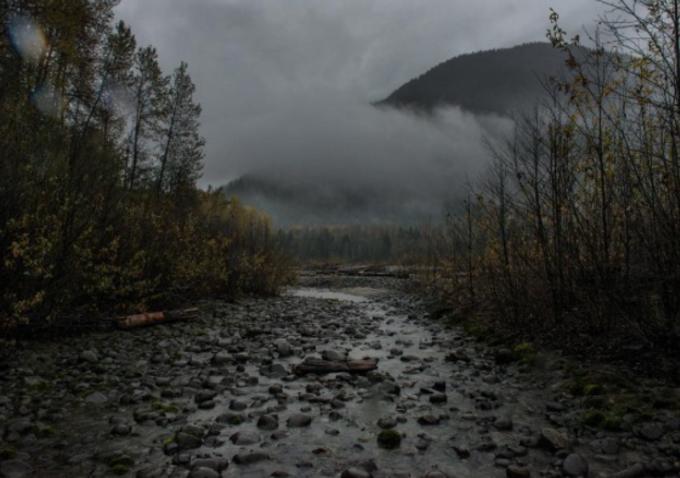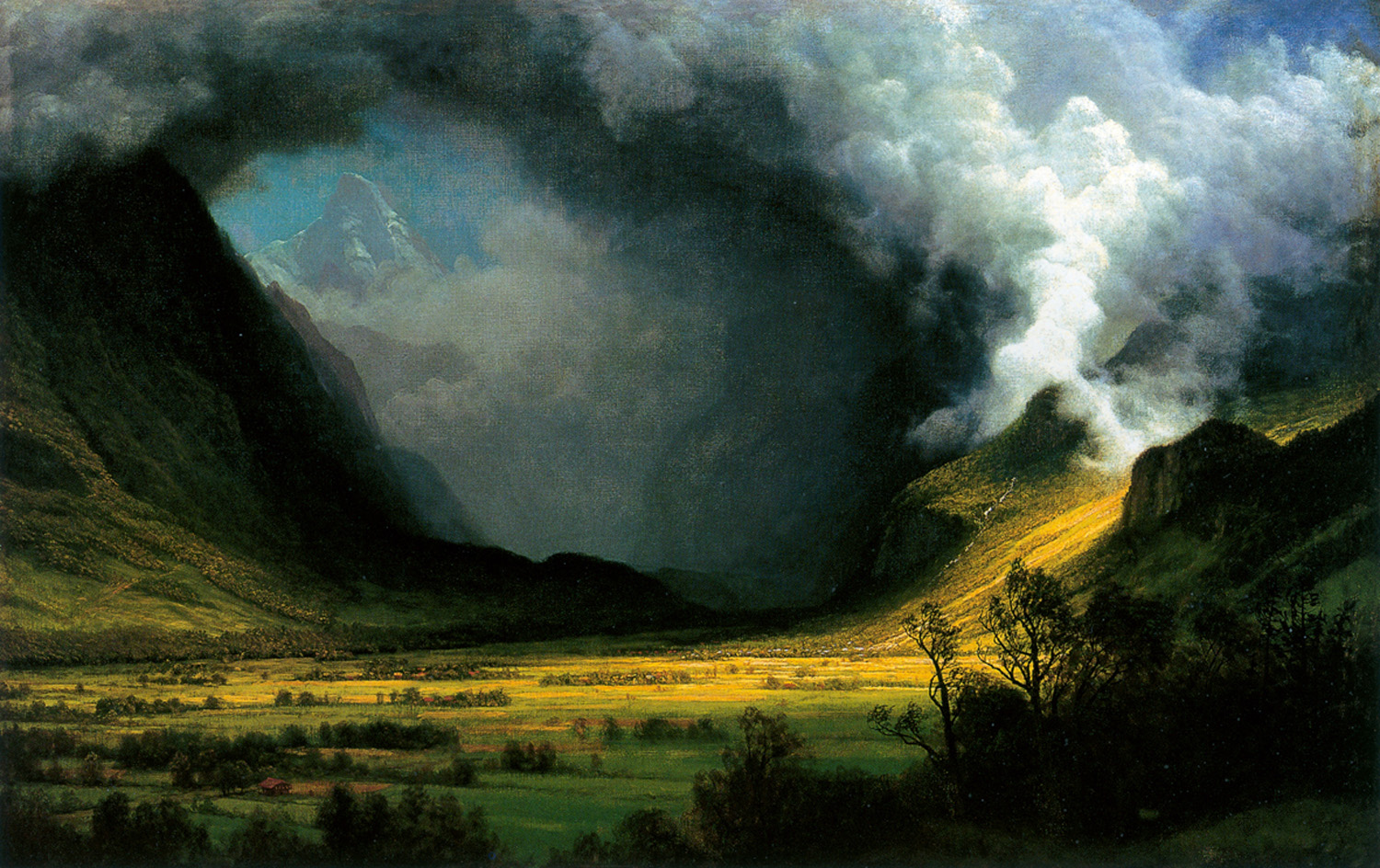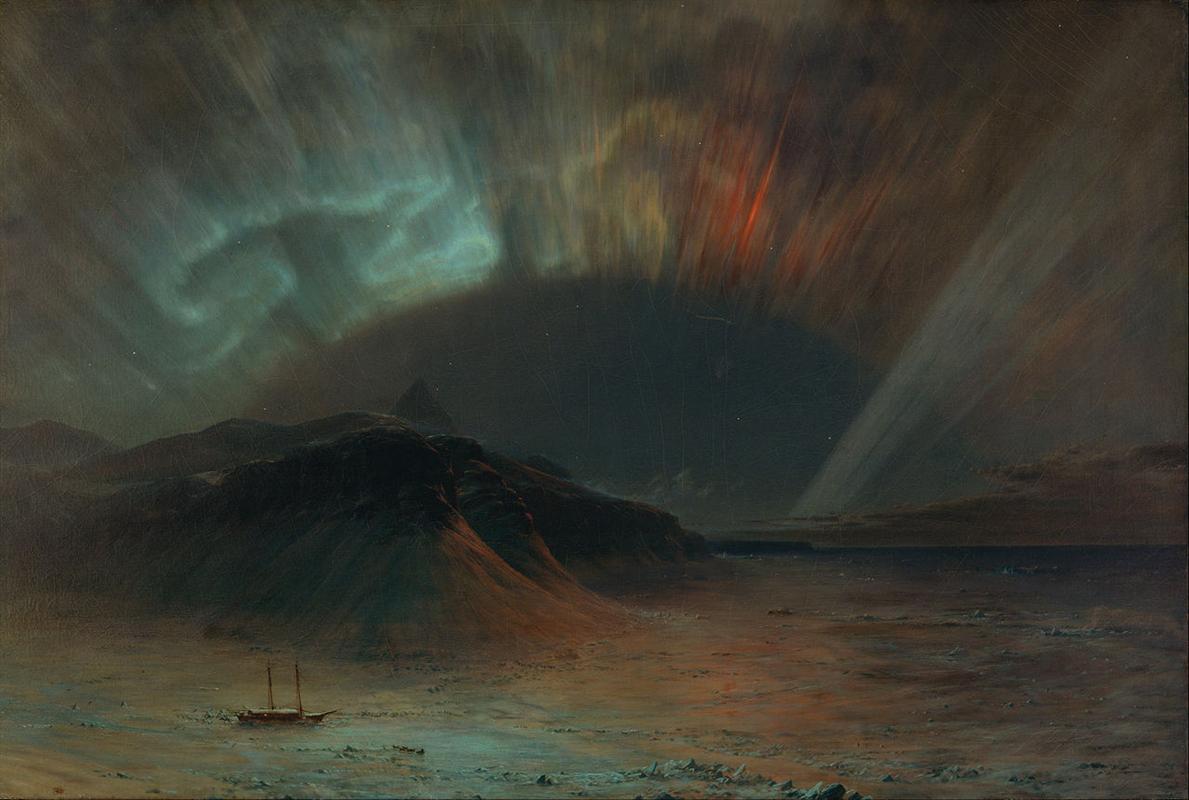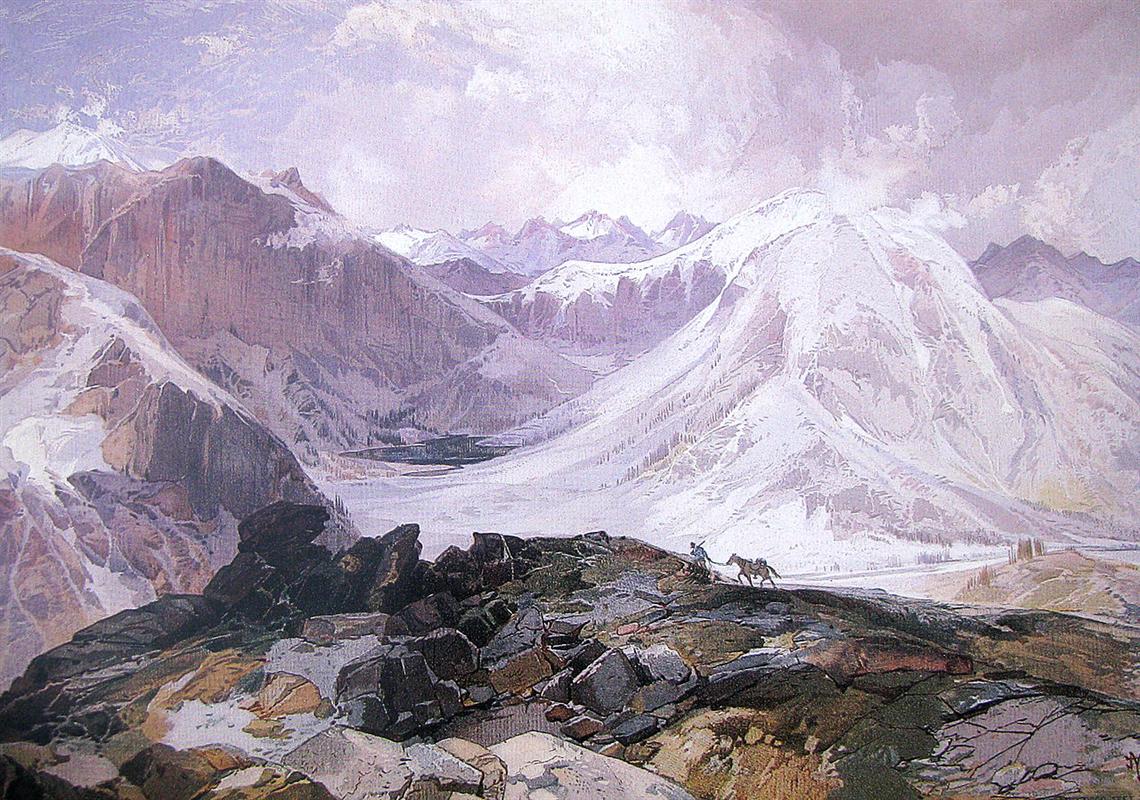Cleveland's Progressive Field through a Prisma filter, August 2016.
A friend of mine recently said: "I had no idea that there was so much overlap in the Venn diagram of art history and baseball."
This was her response to me sharing two pictures on Facebook, the first of many that would appear over the following days, that used images from the history of art to comment on the World Series. One portrayed Cleveland Indians Manager (and arguable baseball genius) Terry Francona on his (in)famous scooter in the manner of Jacques-Louis David's ca. 1801 portrait Napoleon Crossing the Alps. The other, posted on the Art Institute of Chicago's social media accounts transformed the Haussmannian Paris of Gustave Caillebotte's 1877 painting Paris Street, Rainy Day; the flâneur in front was made to sport a Cubs t-shirt while his female companion flies a World Series pennant. Since then, the Art Institute of Chicago and the Cleveland Museum of Art, two of the best museums in the United States, have been photoshopping baseball logos and jokes into their most famous paintings and sharing them on Facebook, having nerdy fun with a sports rivalry carrying on just beyond their doors.
For me, baseball and art history have long overlapped, even if it hasn't always been quite as deliberate as the examples outlined above. I watched many an Indians game as a way to dissolve the stress of writing my dissertation, or listened to games online while begrudgingly spending weekends in the library. I once proposed a summer course called "The Art of Athletics," throughout which I intended to talk about the literal visual artifacts of sports (like baseball cards), the architecture of stadiums (think "cathedrals" of baseball--like Wrigley Field), and also broader theoretical concepts like masculinity and spectacle through which we see and understand the actions occurring on fields of play. (This plan was only thwarted by a well-timed research grant that enabled me to go to France instead.) The Metropolitan Museum of Art has, of course, an extensive collection of baseball cards from the 1880s on; these priceless artifacts document the origins of the cards in consumerism, the progression of available and cost effective printing technologies, and the cultivation of superstars in the sport. Where there is image-making, be in on paper and canvas or in the eyes of an adoring public, there is room for art history.
So what do these baseball-themed wars between our major midwestern art museums actually mean? Maybe not much beyond the gratification of seeing the characters in these visual landmarks of vastly different eras and geographies (American Gothic, Sunday Afternoon on La Grande Jatte, Lotto's Portrait of a Man, and the portrait Nathaniel Olds) unite under the banner of baseball. I've spent a lot of time recently thinking about baseball and why, even against threats from PEDs and accusations of racism within the sport, baseball still feels more magical than other sports with similar stature in the United States. I think it probably has something to do with the fact that, for people who love the sport and without regard to who they may be in life, it pulls on the same heartstrings as paintings do for people who love paintings.
As someone who loves both paintings and baseball, I can testify that the feelings are similar. Standing before Van Gogh's Starry Night over the Rhone (a sentimental, personal favorite of mine) evokes deep joy and calm in me, and an often elusive faith that there is beauty and hope somewhere in the world. This is the same feeling that occurs when it sets in that your closer has thrown that third strike for the third out to end, conclusively and victoriously, a game in which every factor was stacked against your team. But the moment immediately after that pitch is for loudly cheering! ... and exhaling.







